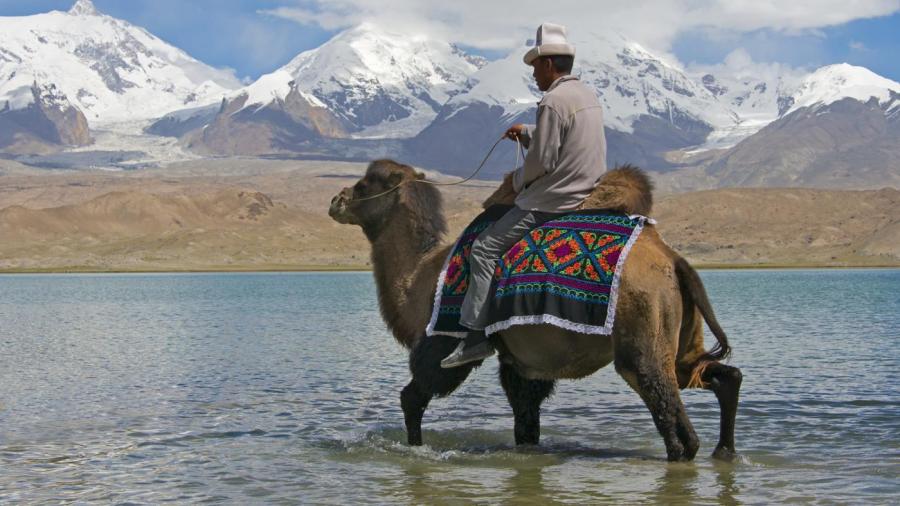What Did the Chinese Trade on the Silk Road?

China primarily exported silk and porcelain along the Silk Road. Initially, China received horses and various agricultural crops from the West. Carpets, tapestries, blankets and other woven goods from Central Asia and East Mediterranean became popular luxury items. From India, China imported spices, dyes, fabrics and ivory and sent back to the world Chinese paper, bronze ornaments and tea. Animals like sheep, hunting dogs, lions and leopards were also traded.
Although Marco Polo referred to the routes as the silk roads, the term was not officially used until 1877 when the German researcher Ferdinand Richthofen referred to them as “the Great Silk Road” in his work “China.” Merchants traveled along the Silk Road in large caravans, bringing with them camels, bodyguards and travelers. The Silk Road was composed of many different routes, and merchants rarely traveled the entire length, preferring instead to stop at various cities and tradeposts along the way.
The Silk Road flourished during the Yuan Dynasty because of Mongol control of the trade routes. Chinese merchants found themselves and their goods protected and enjoyed an increase in status.
Unfortunately, historians have also theorized that the Silk Road contributed to the spread of the Black Death in Europe.





